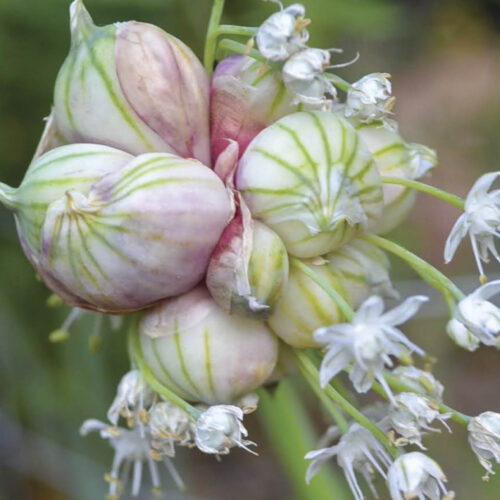How to grow the three sisters: conclusion
2011-05-24T10:42:49+10:00
Watermelon lets the side down as the trial doesn’t go entirely to plan, reports SIMON WEBSTER.
Perhaps I should have titled this blog entry ‘How to grow the two sisters’. My attempt to grow sweetcorn, beans and watermelon all together, Native American style, has come to a close.
The sweetcorn was superb and the snake beans (pictured) reasonably productive, but the watermelons just didn’t thrive. They produced some small fruit but had a few fungal issues and were never truly happy.
Maybe it was because I planted them when the sweetcorn was too tall and they were overshadowed and outperformed by it.
Maybe it’s because I planted them too late in the season. Locals say you should get melons in by September in these parts – the hills of north-eastern NSW – so that you’re harvesting by Christmas and avoiding fungal problems in the wet season. I didn’t sow until the end of January.
Maybe the soil just didn’t have enough oomph in it to produce melons as well as a crop of corn (despite the nitrogen-fixing presence of beans, and side dressings of organic fertiliser).
Or maybe I chose the wrong cucurbit. Reduced light and airflow (such as in a bed shared with corn and beans) is a bad combination when you’re prone to fungal infections. Perhaps a fungal-resistant local pumpkin variety would have done a better job; stopping it taking over the garden is usually harder than growing it.
Of course, no experiment is a failure, as long as you learn something from it. And I shall console myself with the knowledge that I walk away from my three sisters trial with plenty of food for thought; if not quite as much food on my plate as I would have liked.





